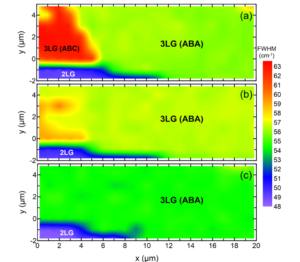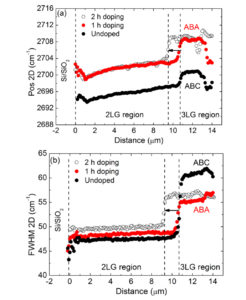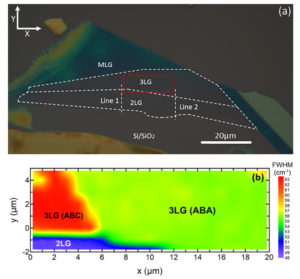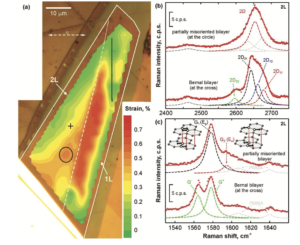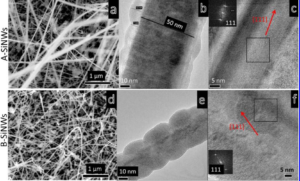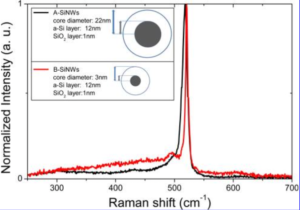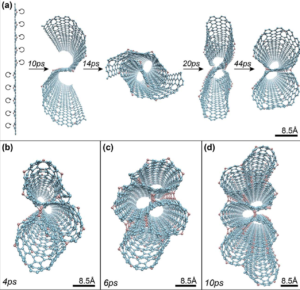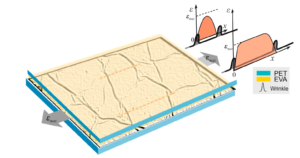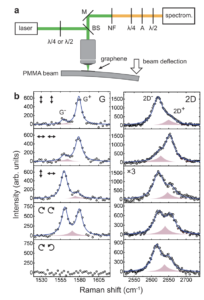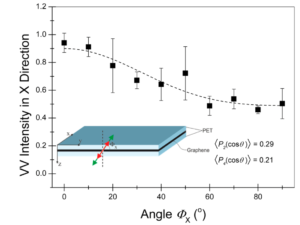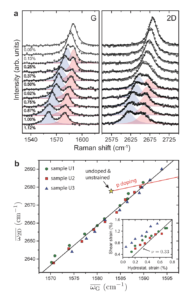Konstantinos Papagelis is Professor at the Physics Department of the University of Thessaloniki and collaborating Faculty member at the Institute of Chemical Engineering Sciences of the Foundation of Research and Technology-Hellas (FORTH/ICE-HT). The group shares its activities in two well-equipped research laboratories, the laboratory of Optics and Spectroscopy at the Physics department (AUTH) and at FORTH/ICE-HT in Patras, having access to the unique research facilities that both research units offer.
Our research interests are focused on the experimental and theoretical investigation of the optical, vibrational, and electronic properties of advanced nanomaterials with emphasis on two-dimensional materials (graphene, boron nitride, transition metal dichalcogenides, heterostructures) and novel carbon nanostructures such as fullerenes and carbon nanotubes, that will impact among others optoelectronic and energy applications. The primary component of the research is understanding and manipulating materials’ properties. This can be achieved either physically by varying an external parameter like temperature, pressure, mechanical strain/stress or chemically by modifying the chemical composition or decorating the graphitic surfaces of carbon nanomaterials. Our experimental methods are Raman and resonant Raman scattering, absorption, Infrared, and photoluminescence spectroscopy under temperature, high pressure, and mechanical strain (uniaxial, biaxial, shear). The experiments are supported by theoretical methods such as phenomenological lattice dynamics, first-principles calculations, and group theory. The group has significant expertise in the large-scale growth of transition metal dichalcogenides (e.g. MoS2, WS2, MoxW1-xS2) using the chemical vapor deposition method, transfer, and manipulation of 2D materials in a wide range of substrates (e.g. polymer, glass, alloys, TEM grids) and artificial stacking of 2D materials for the fabrication of heterostructures. A wide range of characterization tools (e.g. TEM, SEM, XRD, AFM) available at the Physics Department (AUTH) and FORTH/ICE-HT are used to probe and characterize the fabricated materials at different scales. The group also uses synchrotron radiation facilities to address key questions in relevant topics of solid-state physics. Another line of research is the fabrication of novel polymer composites with various nanofillers (carbon nanotubes and 2D materials) using the melt-mixing, buckypaper, and electrospinning approaches and the investigation of mechanical, electrical, and thermal properties.
